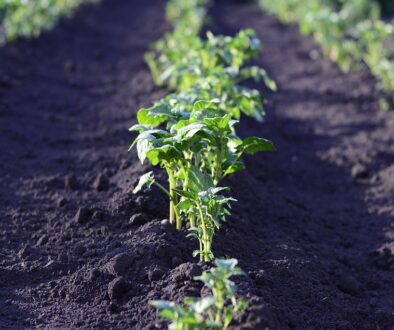Article by: Suzette Morshead
Maximize Your Vegetable Garden’s Yield with These Simple Strategies
There’s something incredibly rewarding about growing your own vegetables. The taste of ripe tomatoes, crisp lettuce, and fresh herbs straight from your garden can’t be beaten. But often, gardeners face the frustration of not getting as much produce as they hoped. If you’re looking to boost your vegetable garden’s yield, here are some simple yet effective strategies that have worked wonders for me.
### Start with Quality Soil
Healthy plants begin with healthy soil. Before planting, enrich your soil with organic matter like compost or aged manure. This improves soil structure, drainage, and nutrient content. A soil test kit can help you understand your soil’s pH and nutrient levels, so you can amend it correctly.
### Choose the Right Plants
Select vegetable varieties suited to your climate and growing season. Heirloom and disease-resistant varieties are excellent choices. Additionally, consider planting crops in succession to maximize space and harvest over a longer period.
### Proper Spacing and Companion Planting
Overcrowding can stunt growth and increase disease risk. Follow spacing recommendations on seed packets. Companion planting—like tomatoes with basil or carrots with onions—can naturally repel pests and enhance growth.
### Water Wisely
Consistent watering is key. Aim to keep the soil evenly moist but not waterlogged. Using drip irrigation or soaker hoses ensures water reaches roots effectively while conserving water.
### Mulch for Moisture and Weed Control
A layer of organic mulch like straw or wood chips helps retain soil moisture, regulate temperature, and suppress weeds that compete with your vegetables for nutrients.
### Keep an Eye on Pests and Diseases
Regularly inspect your plants to catch problems early. Use natural remedies like neem oil or insecticidal soap to treat infestations.
—
### Personal Story: My Tomato Triumph
Last year, I decided to try these strategies with my tomato plants. Previously, my tomatoes would grow, but yield was limited and plagued with blight. I started by testing my soil and adding compost. I switched to a disease-resistant tomato variety and practiced proper spacing. I also mulched heavily and set up a drip irrigation system.
The results? A bountiful harvest that lasted well into fall. Not only did I get more tomatoes, but the plants were healthier and less affected by pests. It’s amazing how these small changes made such a big difference.
—
### Items You Might Need:
– Soil test kit
– Compost or aged manure
– High-quality vegetable seeds or seedlings (preferably disease-resistant varieties)
– Mulch (straw, wood chips, or grass clippings)
– Drip irrigation system or soaker hoses
– Gardening gloves and tools (trowel, pruners)
– Natural pest control products (neem oil, insecticidal soap)
– Plant supports or cages for vining crops
—
By implementing these simple strategies and investing a little time and effort, you too can maximize your vegetable garden’s yield and enjoy fresh, homegrown produce all season long. Happy gardening!
Article by: Suzette Morshead


